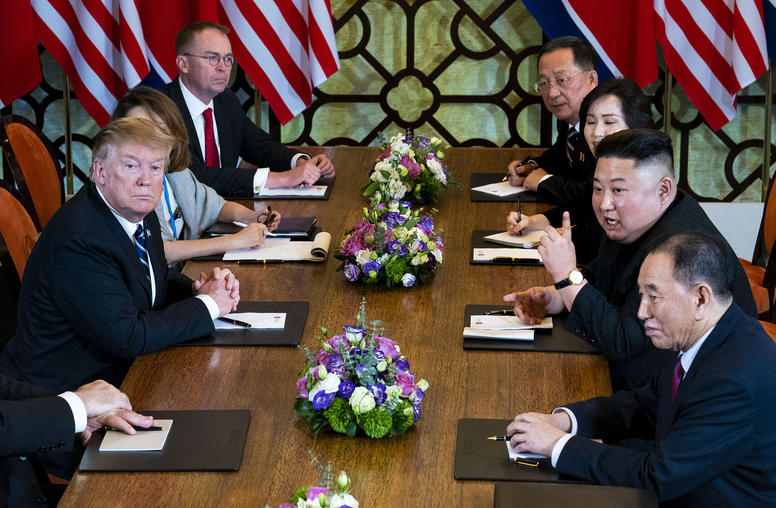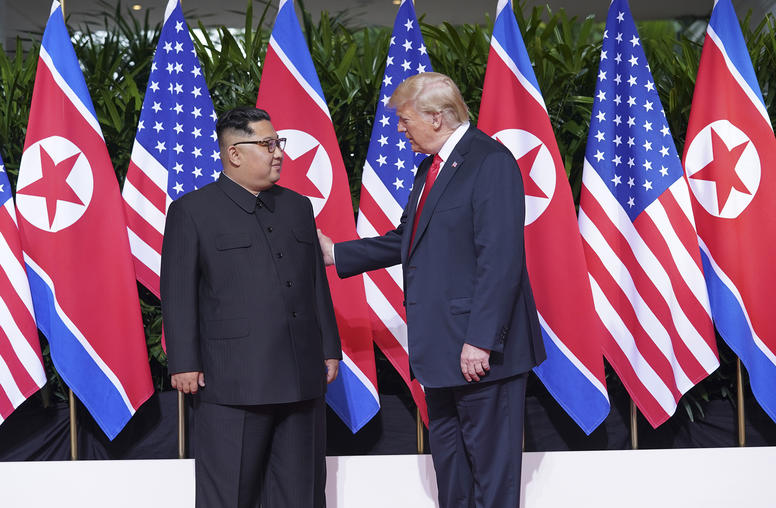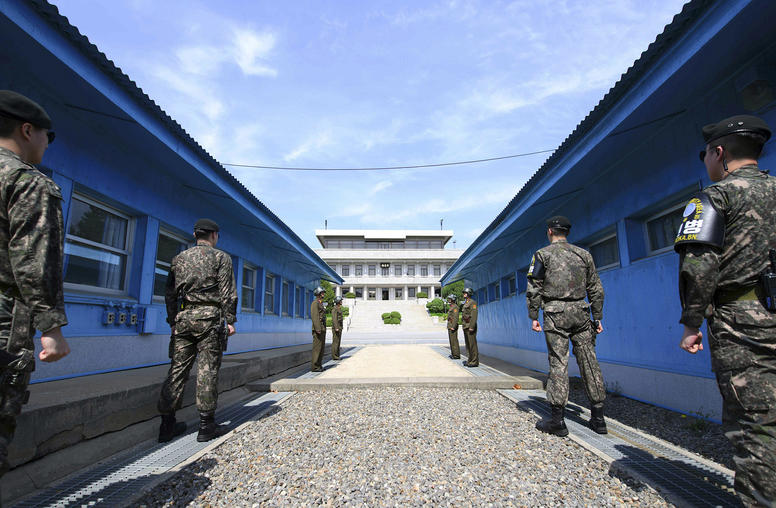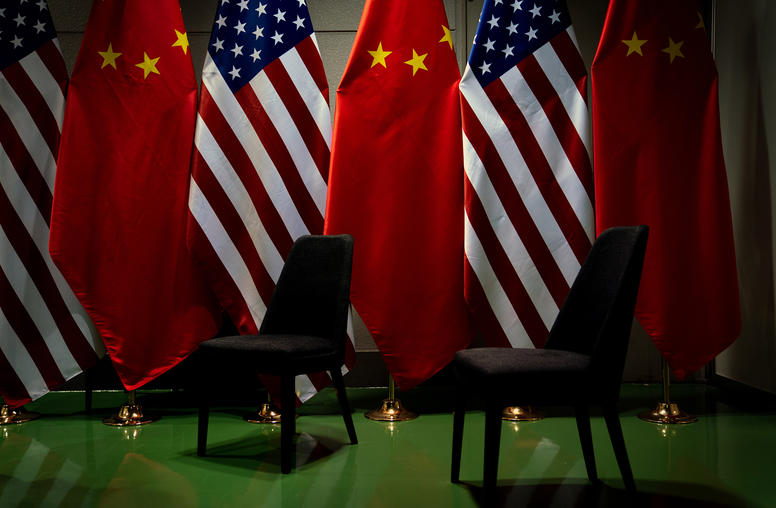Publications
Articles, publications, books, tools and multimedia features from the U.S. Institute of Peace provide the latest news, analysis, research findings, practitioner guides and reports, all related to the conflict zones and issues that are at the center of the Institute’s work to prevent and reduce violent conflict.

Failure in Hanoi Doesn’t Mean Peace Is Dead
Last week, U.S. President Donald Trump and North Korean leader Kim Jong Un walked away from Hanoi empty-handed. Their failure to sign a deal was shocking, given most of the speculation before the summ...

On to Vietnam: What Will Happen at the Second Trump-Kim Summit?
At the State of the Union address this week, President Trump announced that he will again meet with North Korean leader Kim Jong Un at the end of February in Vietnam for their second face-to-face negotiations. The president’s announcement follows recent comments from U.S. Special Representative for North Korea Stephen Biegun indicating that the U.S. is prepared to negotiate on both denuclearization and peace simultaneously—an approach that the Trump and former administrations previously eschewed. USIP’s North Korea and China experts examine the potential shift in U.S. policy and what concerns key regional players have over the next summit.

A Peace Regime for the Korean Peninsula
A joint statement by the United States and North Korea in June 2018 declared that the two countries were committed to building “a lasting and stable peace regime on the Korean Peninsula.” Such a peace regime will ultimately require the engagement and cooperation of not just North Korea and the United States, but also South Korea, China, Russia, and Japan. This report outlines the perspectives and interests of each of these countries as well as the diplomatic, security, and economic components necessary for a comprehensive peace.

Enhancing U.S.-China Strategic Stability in an Era of Strategic Competition
As strategic competition between the United States and China intensifies, preventing a destabilizing arms race and lowering the risk of military, especially nuclear, confrontation is critical. The essays in this volume—based on a series of workshops convened by USIP’s Asia Center in late 2020—highlight both the striking differences and the commonalities between U.S. and Chinese assessments of the root causes of instability and the drivers of conflict in the nuclear, conventional missile and missile defense, space, cyberspace and artificial intelligence realms.